Carp Fishing Life Lessons By Simon Scott
Simon Scott shares some of the things he’s learned over the decades
Over the years, it would be fair to say that I have learned a few tricks, and at times, these tactics have greatly improved my results. Each lake presents a different situation and its own set of problems. As we work out how to catch a new stock of fish, we often have to adapt our angling styles slightly, and modify our tactics to maximise our results. At first, a new tactic can seem unfamiliar, and it can be easy to lose confidence in a tactic we have not tried in the past. However, if we don’t try these new ideas, we will never learn, and one or two bites coming from a fresh approach can quickly turn a poor season on its head. Editor Joe has asked me to describe twenty nuggets that have proved to be among the best for me over the last two decades…
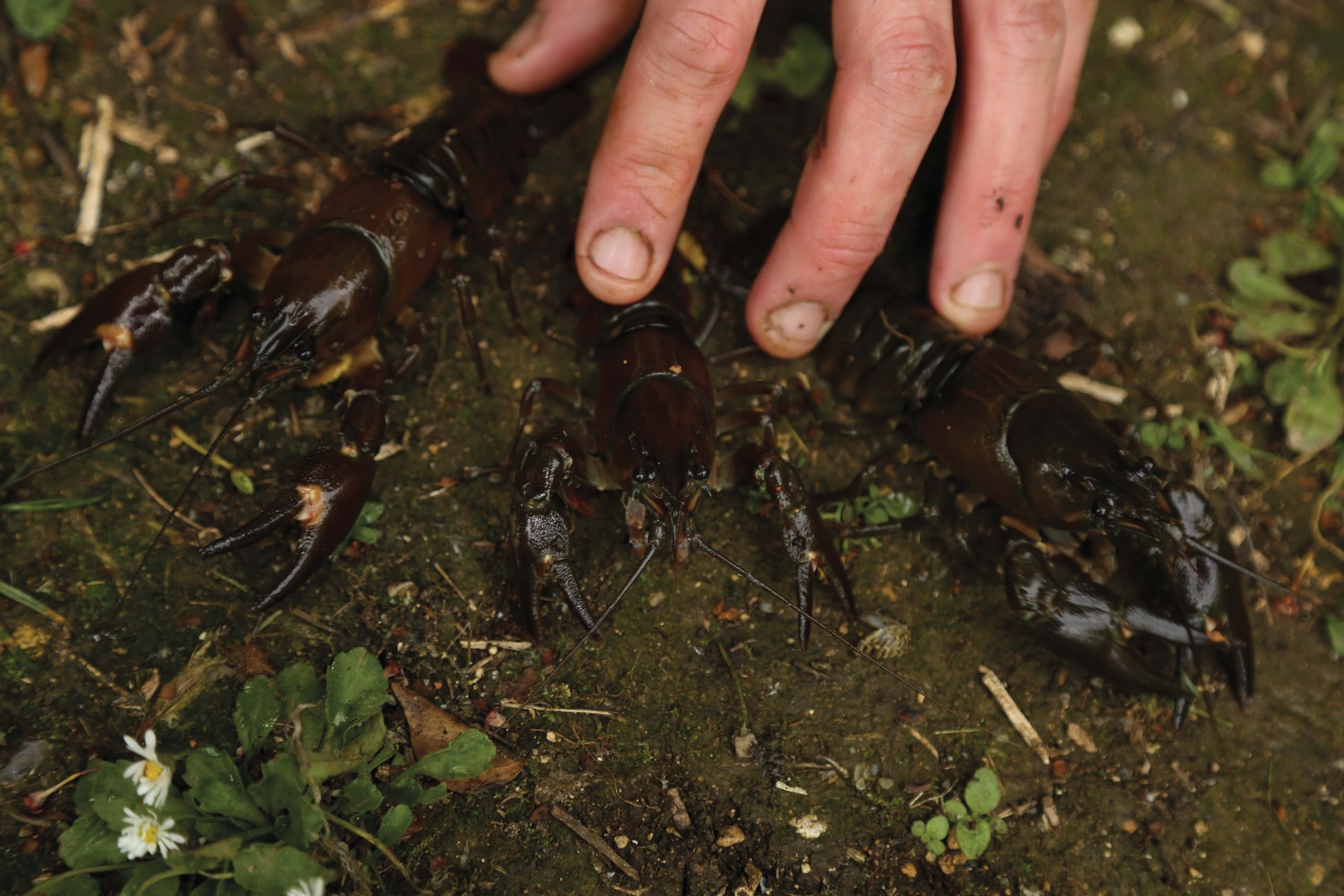
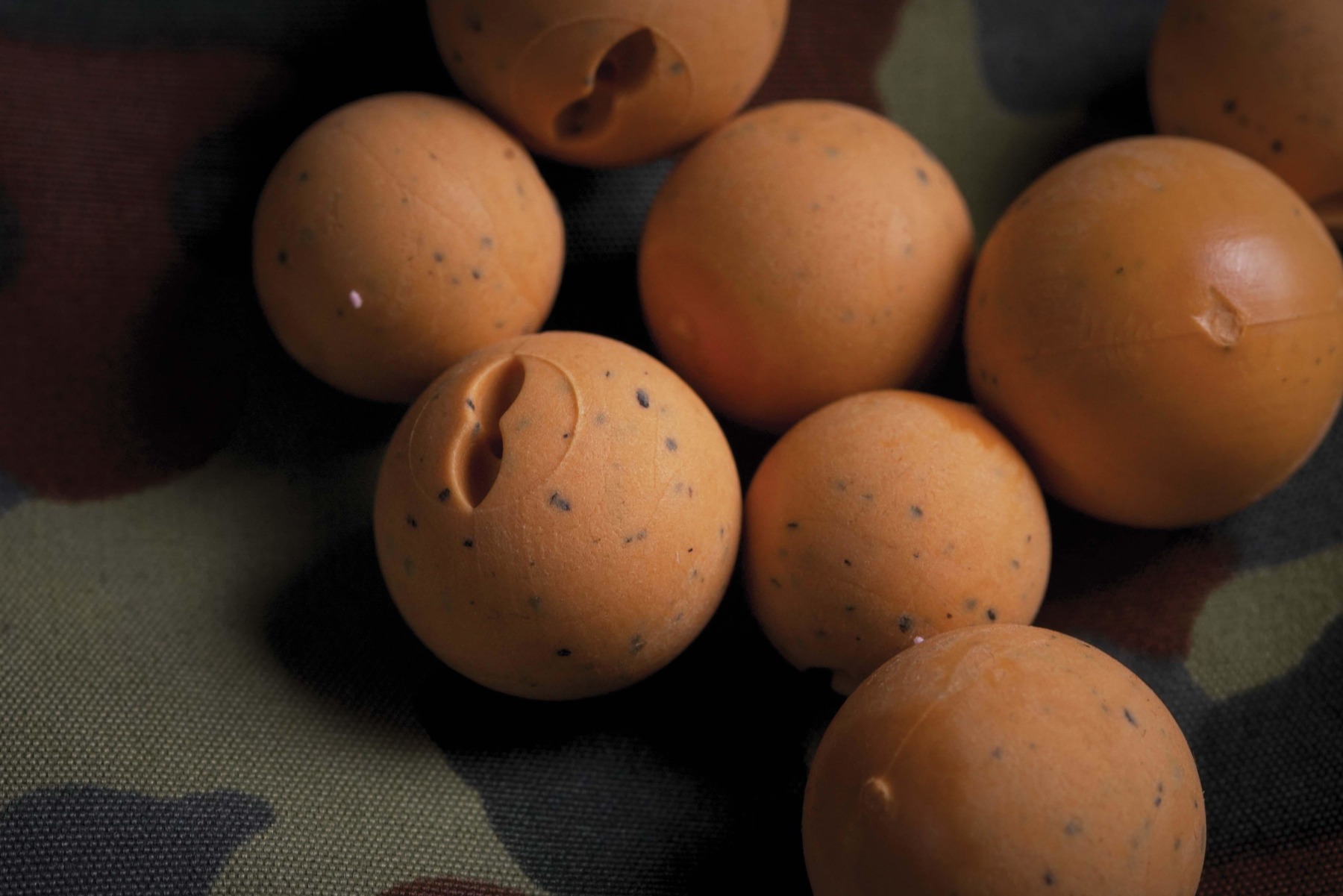
1. Plastic Fantastic
The first time I looked down at the two bright yellow pieces of buoyant imitation sweetcorn attached to my Hair Rig, I did so with some scepticism. As they lay in the palm of my hand, I had no idea how confident I would later become in plastic baits. I am now a huge fan, and commonly use only plastic offerings on such set-ups. In addition, I have confidence in using plastic boilies as single hookbaits off a baited area. They are crayfish-resistant, will survive the attention of birds and nuisance fish, and will readily take on my favourite flavours. The flavours I frequently leave my plastic hookbaits soaking in include Baitworks’ Scent from Hell, and Korda’s Goo in Spicy Squid or Almond.
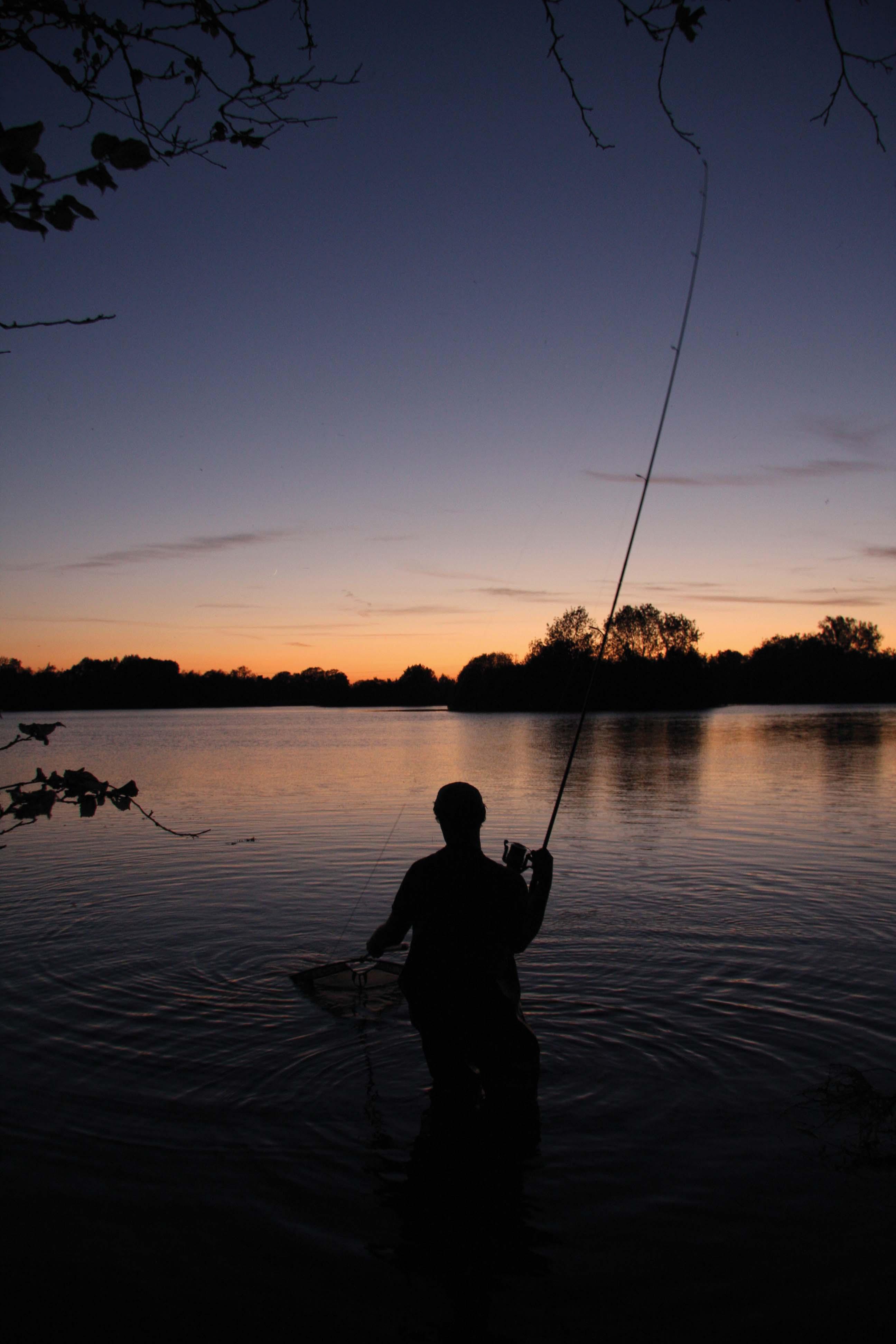
2. Bubbles
The aquatic world is full of wind! Submerged aquatic plants produce millions of tiny bubbles of oxygen as they photosynthesise in bright sunlight, whilst decomposing sediments on the bed of the lake often contain trapped gases. A large carp moving through this aquatic world, close to the lakebed or feeding over it, or just pushing its way through submerged weedbeds, cannot help but disturb these trapped gasses. I have lost count of the number of times I have spotted bubbles breaking at the surface and have then seen these observations lead to a capture. Nowadays, when I’m fishing, I am obsessed. I watch for bubbles constantly, however small. I will stare at the water for hours, waiting for a sign.
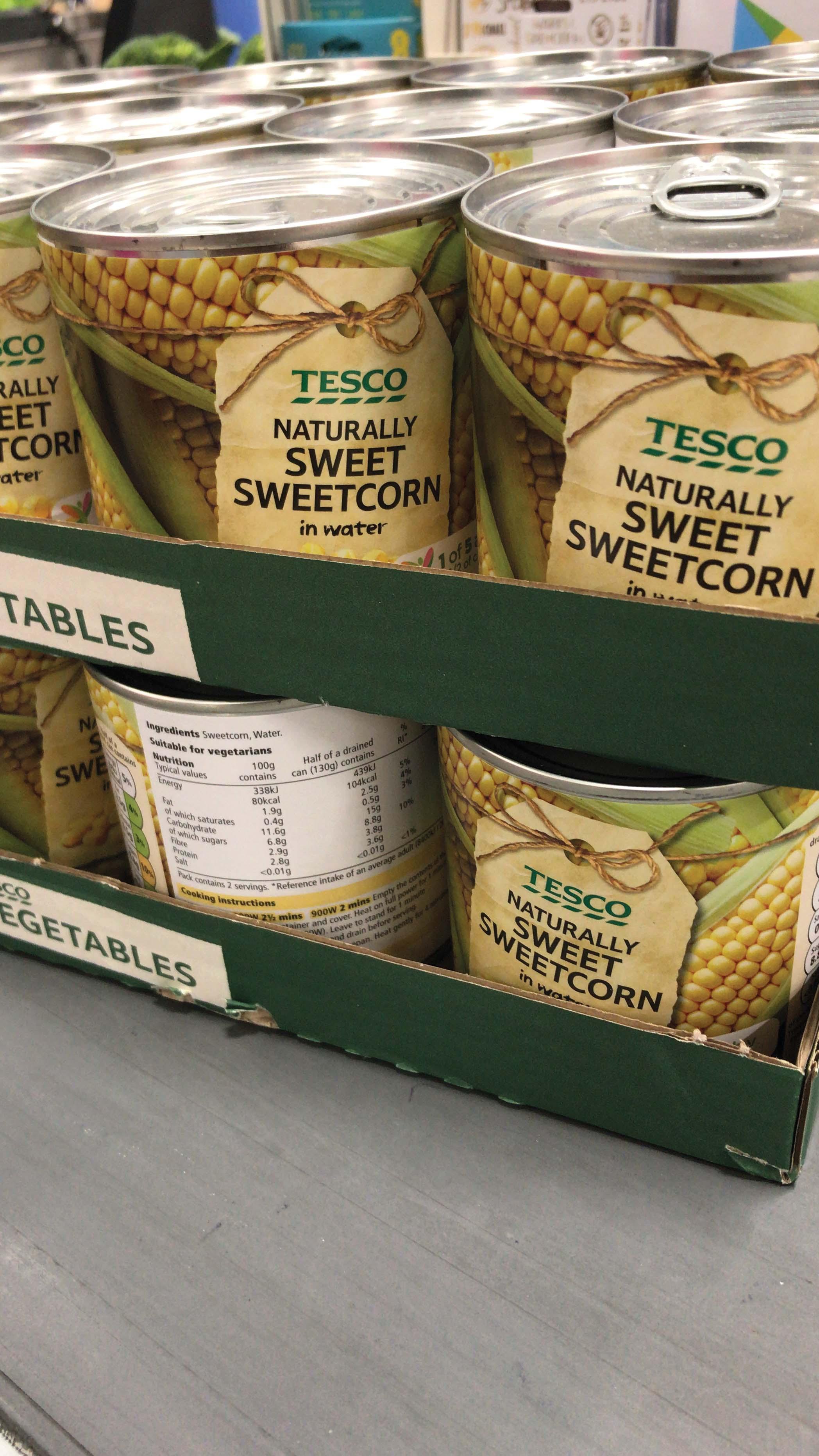
3. Sweetcorn
If there’s a bait to stop even the most cautious carp in its tracks, it is sweetcorn. Over the last twenty years I have gone back to it time and time again. It never stops working, even on the trickiest waters. I have absolutely no doubt that, if carp could rate our baits for us, they would put the golden grain up there with the very best. It’s cheap, super convenient and will be accepted instantly, even by carp that have never been fished for. Sweetcorn is always in my rucksack.
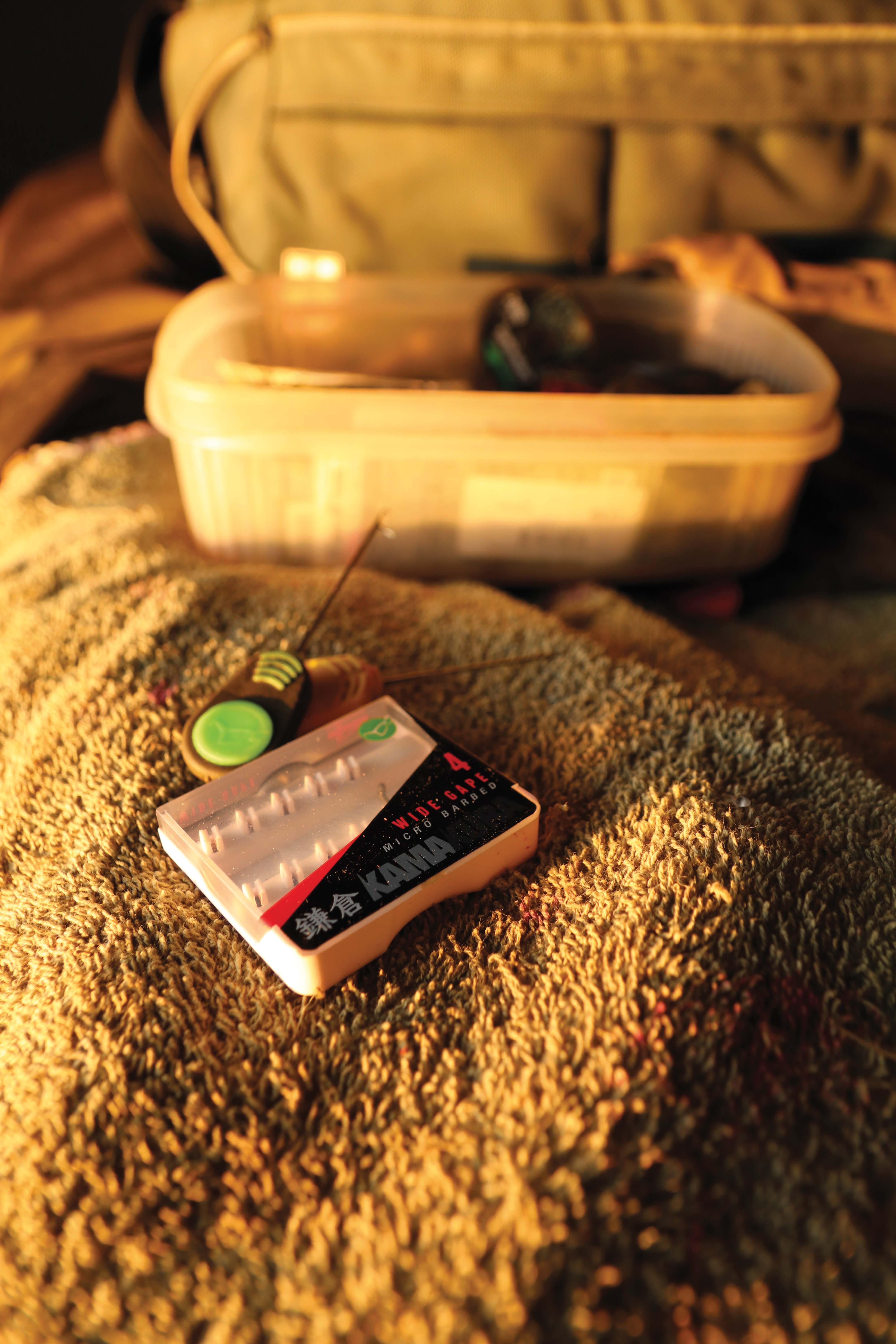
4. Super-sharp Hooks
Super-sharp hooks are nothing new, but twenty years ago, I would examine each and every hook from a packet in the palm of my hand. I’d check its sharpness and the quality of its point. I will never forget, however, the session I started using Kamakura Wide Gapes.
I had been suffering odd hook-pulls at Burghfield, and my confidence in the rigs I was using had dipped. One evening in December, I had a fish fall off about ten yards from the bank. The fight was over and I could see it was a big fish. Then, out popped the hook. In a moment, I made the decision to reel in the other two rods and change my rigs. I had a sample packet of the then-new Kamakura Wide Gapes in my bag. I took them out, tied up three fresh rigs and back out went the rods. I had used wide gapes previously, but these new super-sharp hooks were something else.
That one small change of hook pattern, with the consequent increase in sharpness, led to an unforgettable winter session. A run of landed fish continued until 29 July, when I finally caught the Burghfield Common. Suffice to say, I will never use another pattern of carp hook.
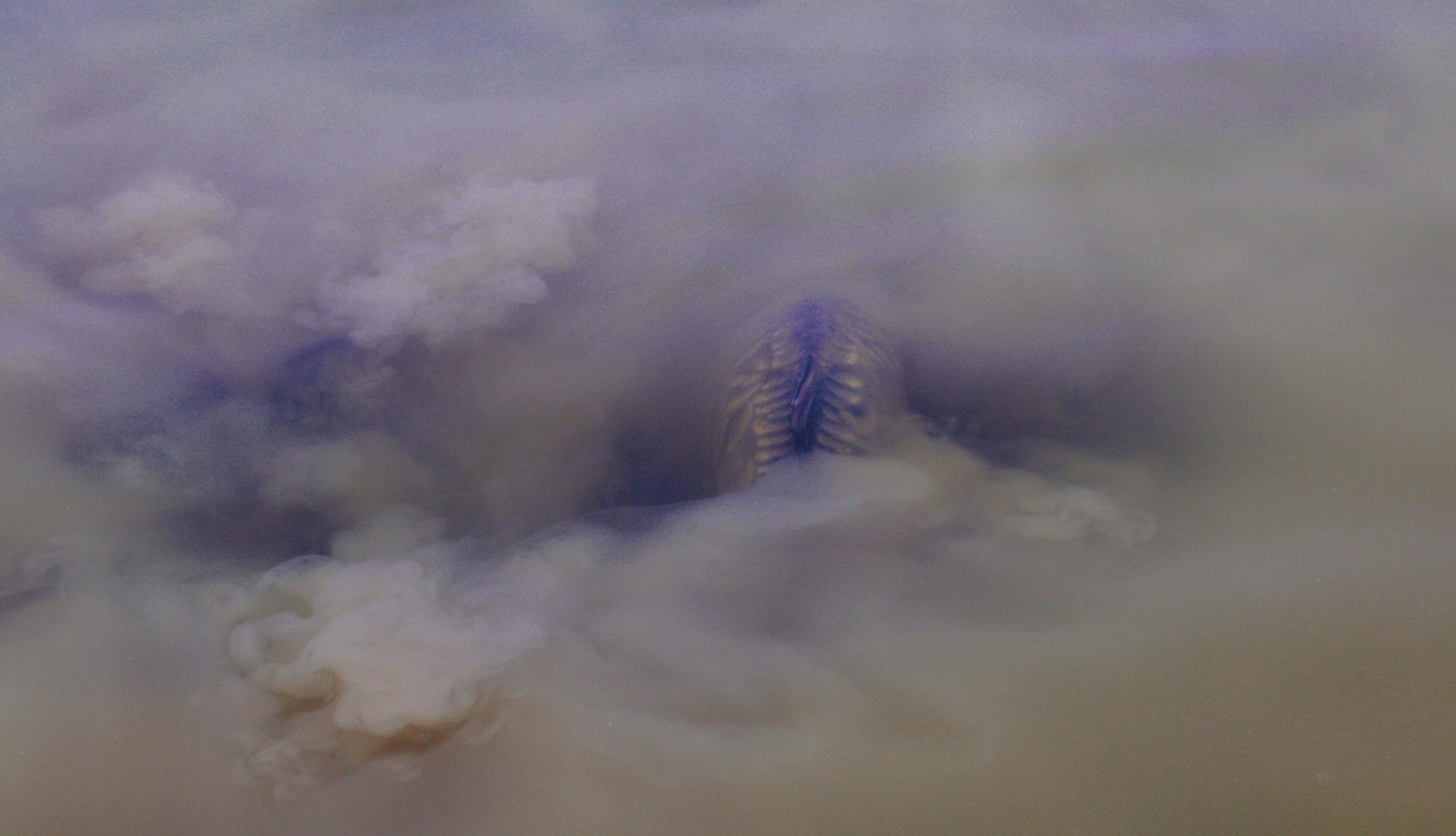
5. Silt
Never ignore the silty areas of a lake. Carp are beautifully adapted to feed in silt, and many of their main food items live beneath the softer sediment. As anglers, we spend a great deal of time searching for firmer or more gravelly ground, over which we’ll then place our baits. Nowadays, however, I will routinely fish silty areas. I believe they represent more natural feeding areas for the fish. I also feel they make the fishes’ ability to detect our rigs a little more difficult as they sift through the detritus on the lakebed.
6. Fishing off the Spot
This is a trick I’ve used more and more—it suits my bad casting perfectly! For our rig to work to the best of its ability, it helps if a carp is on the move when it sucks up our hookbait. Fish feeding over a tightly baited area often move slowly as they hoover up food items from the spot. This can make hooking fish difficult. They have far more time to eject a rig without pricking themselves.
A carp that picks up a single bait ten yards off the spot is usually moving towards the baited area. It will therefore be moving with some forward inertia. This allows our rig to work quickly and efficiently, which will hopefully also result in a bite.
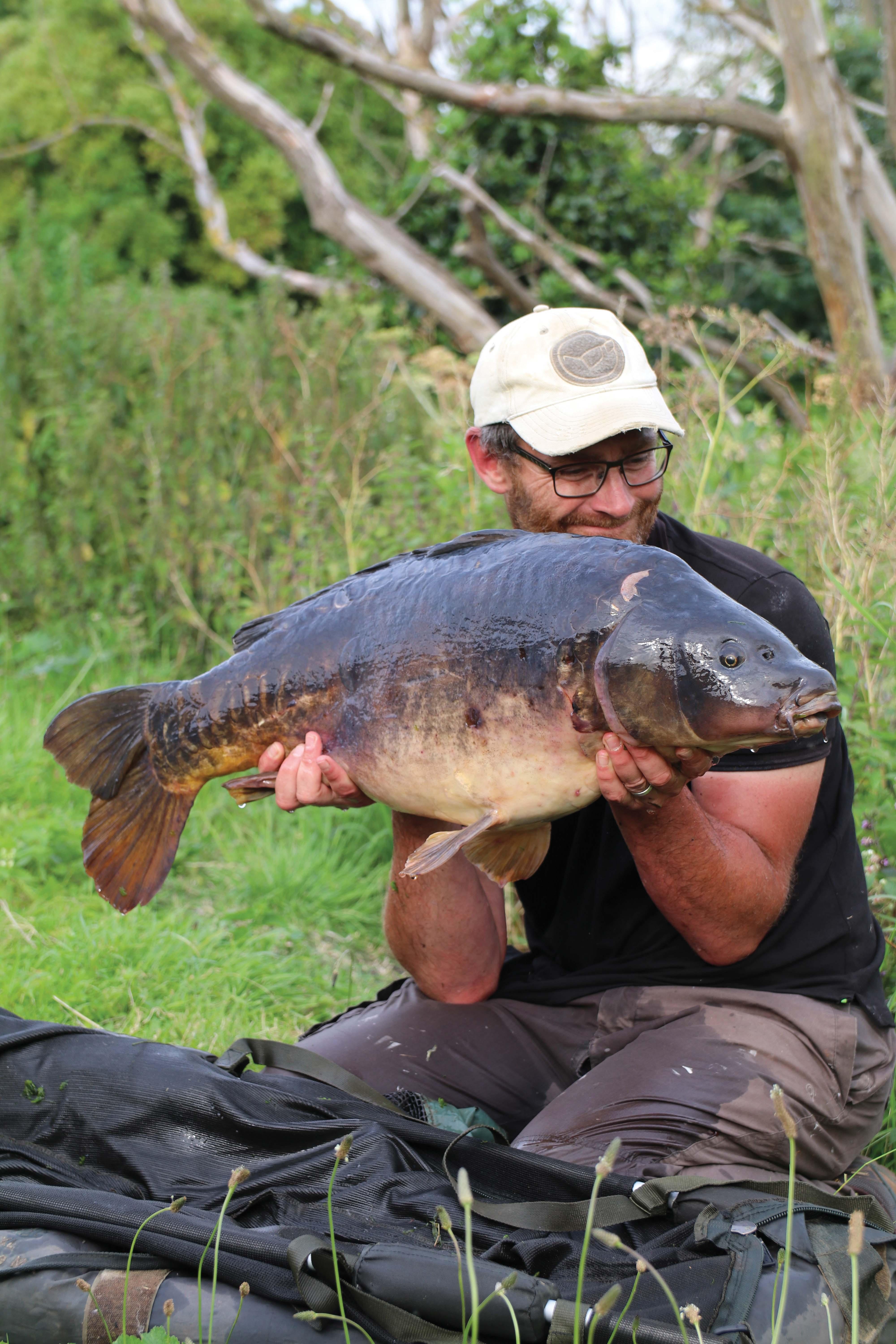
Fishing a single hookbait in complete isolation with no free offerings takes a big leap of faith. I believe, though, that pressured carp are often wary of large baited areas, which they must see over and over again. By using a single, perhaps we reduce the fishes’ natural caution slightly. This then leads them to try the little snack we’ve laid in front of them.
The trick worked brilliantly for me at Wraysbury on numerous occasions, and since then, I have used it to great success at many other venues. It is also a great tactic if, like me, you are tight-fisted. All you need is a pot of your favourite hookbaits and away you go. I have caught on singles such as brightly coloured pop-ups, through to brown fishmeals presented hard on the bottom.
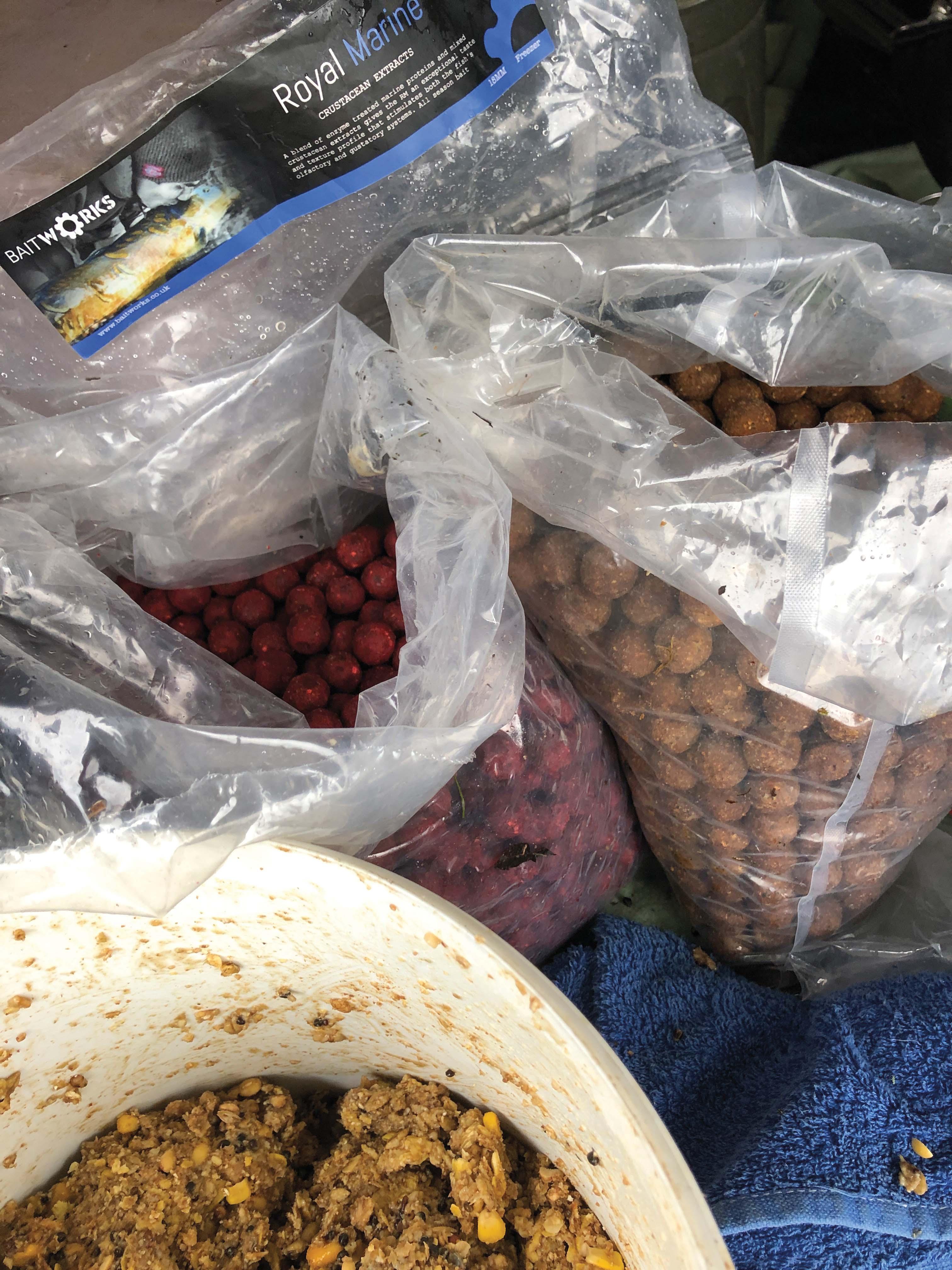
8. The Power of Bait
From single hookbaits to loads of bait. The more I fish for carp, the more I realise just how effective and devastating pre-baiting can be. Whether you are using boilies or particles, by introducing them regularly in your chosen swim, you will basically train the fish to visit that area and expect a free and easy meal. The longer you keep the pre-baiting going, the more impressive the results seem to be, and in my experience, the more likely you will trip up the rarely caught characters in a lake. If you are going to deploy this brilliant tactic, try to pick areas that are overlooked, those away from the zones usually fished.
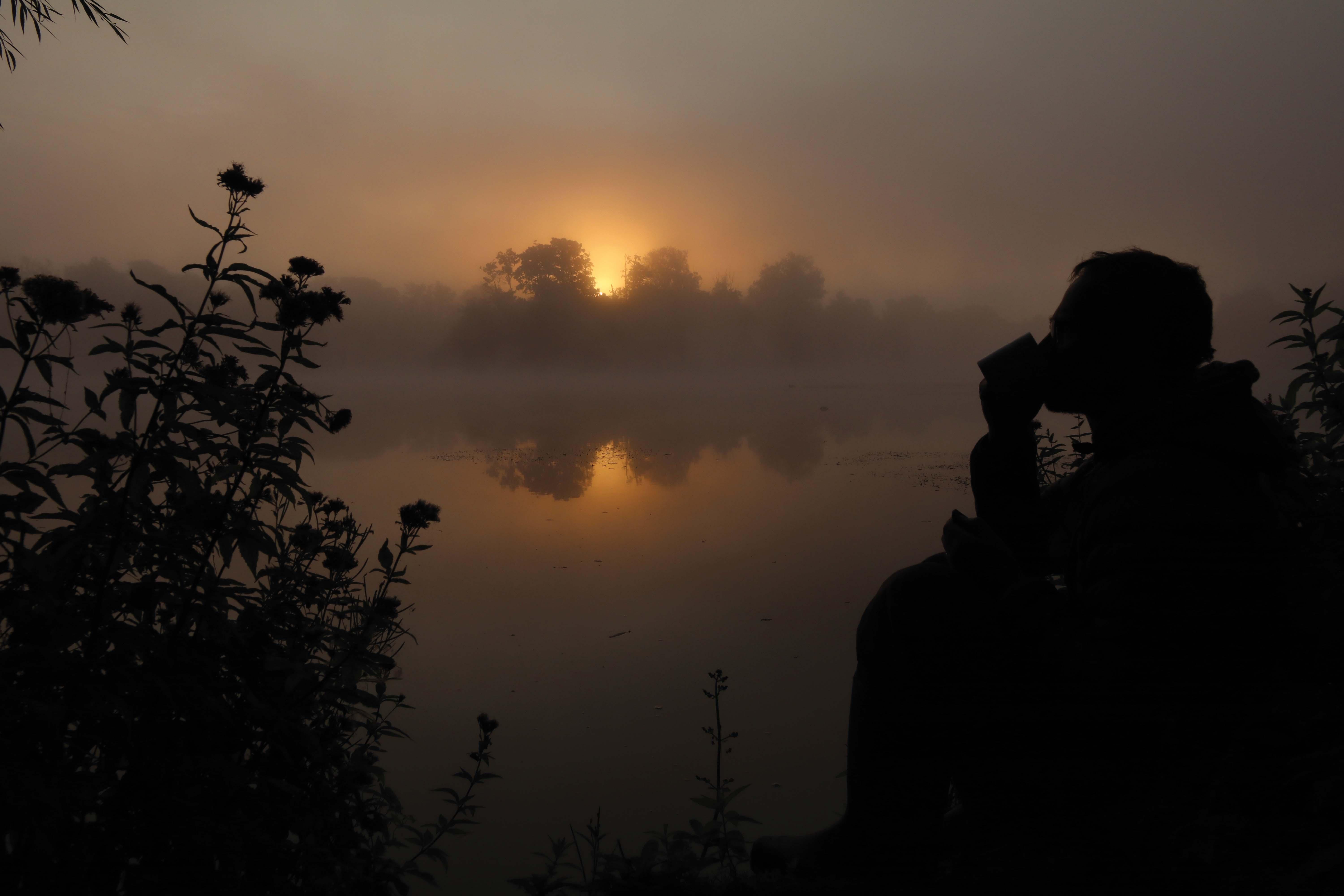
9. Never Stop Watching
The harder you watch, the more you will see. In a world in which the average UK adult looks at their mobile phone every twelve minutes, and spends a whopping ninety-five minutes a day scrolling, it is easy to see how we might miss carp that may even choose to do cartwheels on the surface. Keep your eyes peeled, and watch the water as much as you can. You will definitely spot more opportunities by doing so. Carp may be active at the surface for only a few minutes each day, and you won’t want to miss the biggest clue as to their whereabouts.
10. Set the Alarm
The very early hours of the morning, between, say, one and three, can be excellent for hearing or seeing showing fish. I frequently set my alarm for this period, and will sit out by the rods, a cup of tea in hand as I watch and listen for signs.
11. Watch the Birdie
Coots, tufties and other waterfowl can be a nuisance, particularly when they pick up a rig that you have spent hours positioning perfectly. Rather than see them as such, I prefer to regard them as a useful guide, given that they can lead me to where the carp are. They will indicate where bait remains on the lakebed, and also act as clean-up teams that keep my spots tidy. I can think of several occasions when a coot’s shrill alarm call has helped me locate carp amongst marginal cover.
12. A Single Tiger
Carp absolutely love tiger nuts. Chopped, trimmed, flavoured, coloured, or even whole and oozing with slime, carp seem to hunt down tiger nuts with so much enthusiasm. I always have bags of prepared tigers in my freezer, and they are an essential item on every trip. Tiger nuts also make brilliant single hookbaits. I like to prepare big batches and then freeze them in smaller bags. This makes them a really convenient bait. If I don’t use them during a session, I simply pop them back in the freezer.
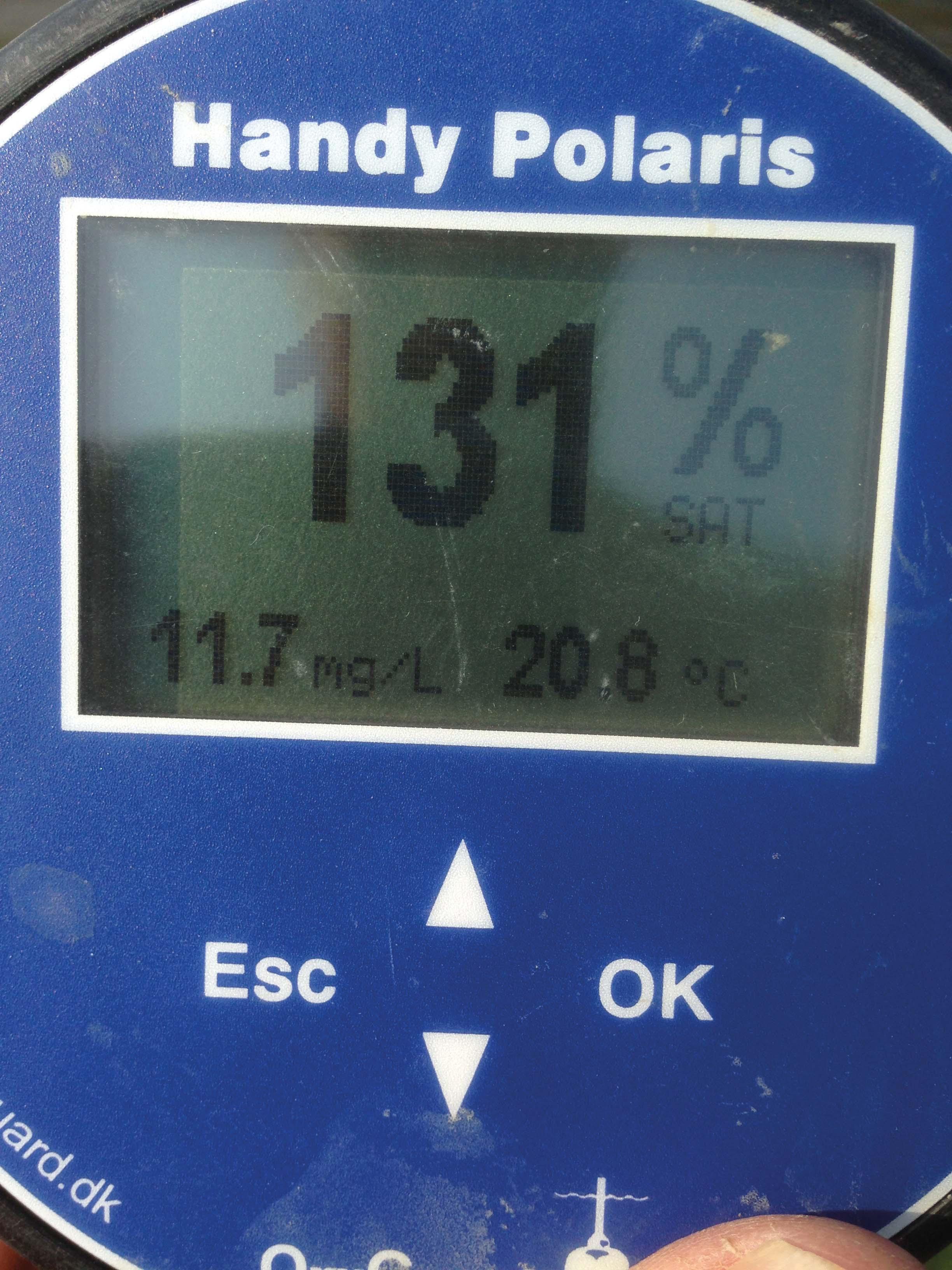
13. Understand Oxygen
From my experience over the last twenty years, oxygen and its impact are without doubt among the most important drivers of a carp’s daily feeding activity. Call it watercraft, perhaps, but an appreciation of the level of dissolved oxygen within the water column can definitely lead to more carp in your landing net. Dissolved oxygen levels are incredibly important to carp. Unlike us, carp live in an environment where oxygen is scarce, and to make matters worse, it can become very scarce. This can obviously result in their demise. Learn as much as you can about how oxygen levels change in the water you are fishing.
14. Follow the Wind
Carp love a new warm wind. If I am struggling to pinpoint their location through the warmer months of the year, I will always set up on the windward bank.
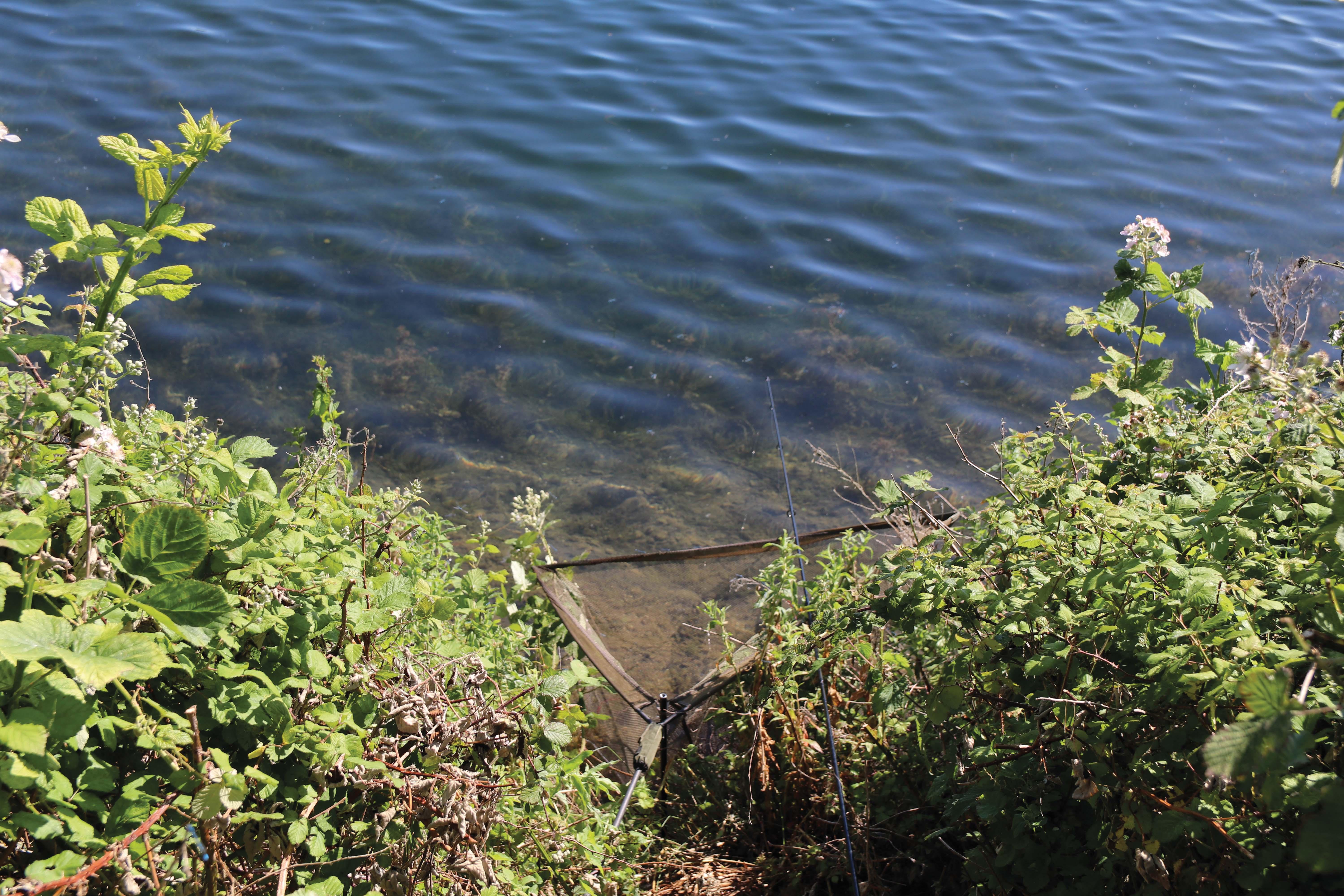
15. A Single Rod
Never pick a swim based on whether you can fit three rods in it, and that it also offers space for your bivvy. Some of the best fish I have caught have come from swims where I’ve been restricted to fishing a single rod, where I was forced, on occasion, to snooze in my sleeping bag among the marginal plants. We all carry far too much kit, and this can have a negative impact on our results. Think about the capture and then work backwards, even if that means you have to sleep in a bush!
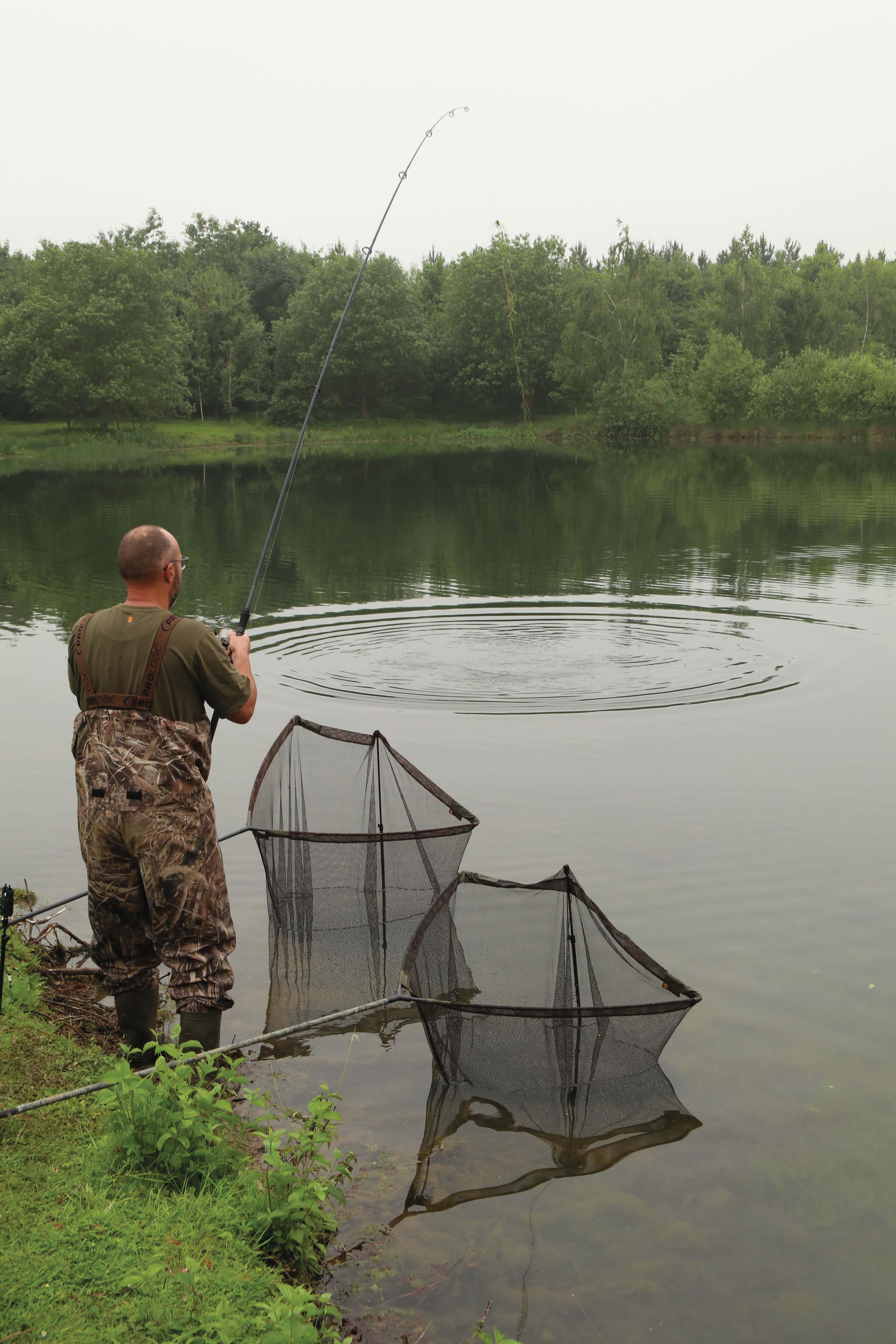
16. Two Landing Nets
I think the great Tim Paisley was the first carp angler I first saw using two landing nets. He suggested that carrying two landing nets was an obvious plus, given that they didn’t weigh a great deal and could prove rather useful when things went well. I now always carry two (admittedly rather knackered) landing nets, and I always set both up. I place one on the right-hand side of the swim and the other on the left.
18. Go with the Flow
Carp love inflows and will be drawn to them, particularly when the inflowing water carries colour or is warmer then the rest of the lake. If the lake you are fishing has an inflow, jump into your waders and stir up the bed near the inlet stream. Then see what happens. A plume of chocolate-coloured water flowing into a clear pit will act like a magnet. Fish love to investigate such areas.
19. Find the Hot Spot!
Carp originate from warmer climes. Their love of warmth has not left them, despite them being reared in the UK for hundreds of years. On any given day, one of the best location tips I can offer is, to try to find the warmest areas of the lake. This applies particularly during the spring, when carp seem obsessed with taking advantage of every half a degree of warmth they can get.
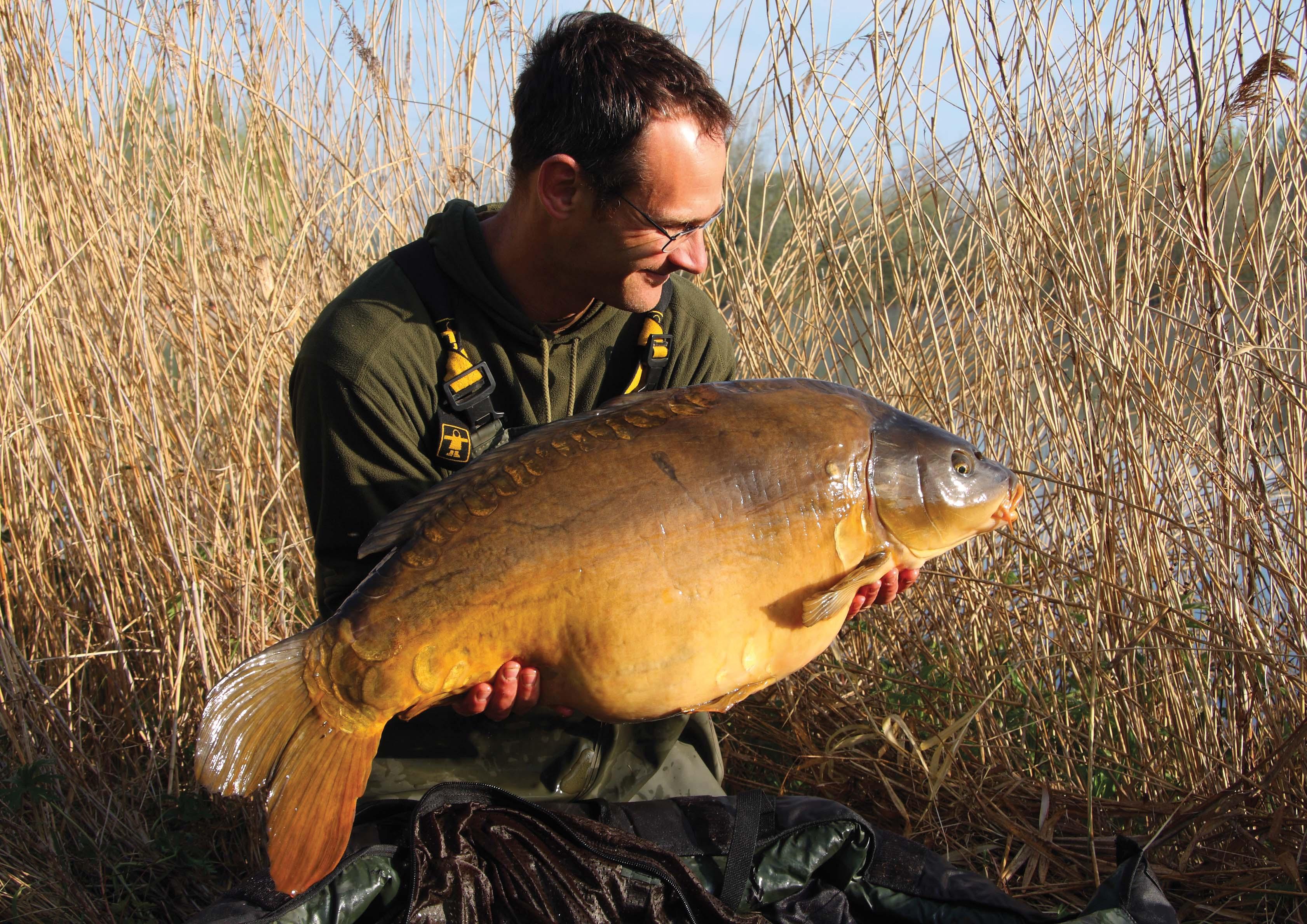
20. It’s a Wrap!
Wrapping sticks have been a huge advance in the last twenty years, and they’ve resulted in an improvement in my accuracy when casting. As an angler who used to walk rods out along the bank between two sticks, I have embraced them with great enthusiasm. No longer do my lines become entwined among brambles or tangled around someone’s out-of-control dog seventy yards up the bank as I carefully lay out my lines out before clipping up my rods. The use of wrapping sticks saw an end to most of these problems, and as a result, even my casting improved slightly.




